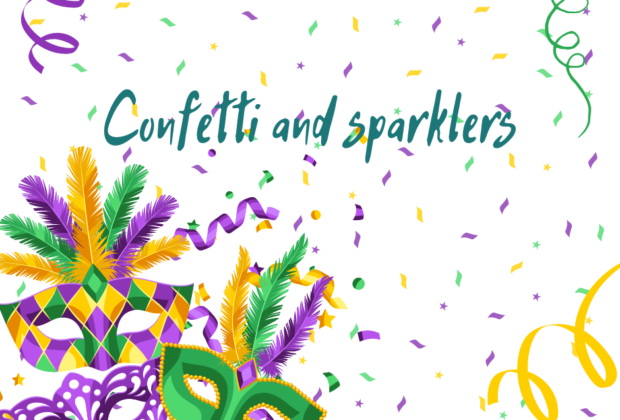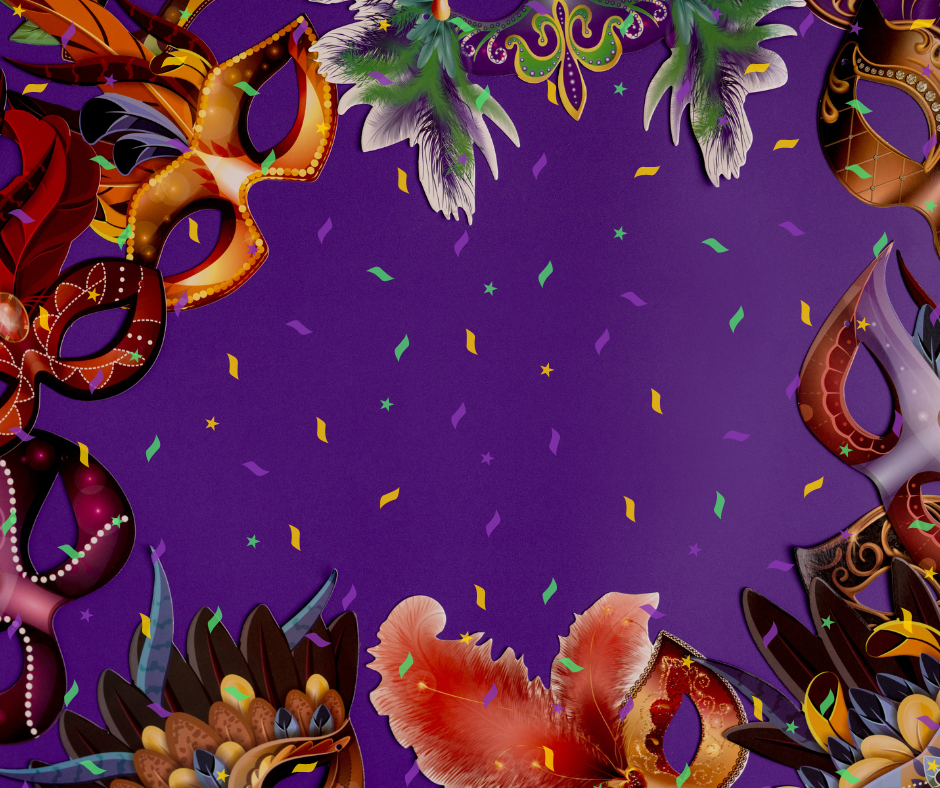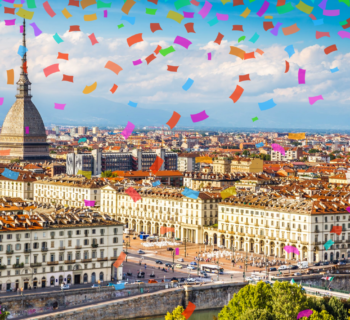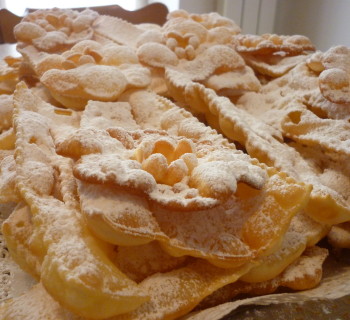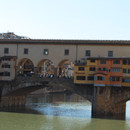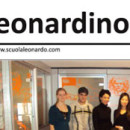Carnival started yesterday and our beautiful Italian cities are covered in colorful confetti ("coriandoli" in Italian) and sparklers. Their use has a very ancient tradition and, as often happens, popular rites leave a mark in the words we use to describe them.
Confetti as we know them today, i.e. small scraps of colored paper, were invented at the end of the 19th century by the engineer Enrico Mangili, owner of a textile company in Crescenzago (in the province of Milan). However, they were already used in the Renaissance period.
At the time, especially in Venice, it was customary to celebrate Carnival by consuming, and jokingly throwing, small sugar candies containing the seeds of the coriander plant. Later, the spiced confetti were replaced by cheaper balls of colored chalk, but the origin of the custom remains in the etymology of the word, as in most European languages, they are called confetti (while in Italian we say "coriandoli").
The history of the modern Carnival begins - as we said - with the engineer Mangili. At the end of the 19th century, the breeding of silkworms was widespread in the Lombardy countryside, which were placed on litters made up of special sheets of perforated paper. Mangili's genius was to recycle the small disks, waste from the drilling of these sheets, to use them during the Carnival parades instead of the more expensive chalk balls.
Mangili is also often credited with the invention of sparklers, which would have been inspired by the tapes used in the transmission of telegraph messages. In reality, already in Roman times, in the month of February, the Lupercalia were celebrated to ward off the attacks of hungry wolves on the flocks and to propitiate fertility. During these festivities, the celebrants paraded dressed as wolves and whipped the soil with thin strips of goatskin to promote fertility.
Read our articles on Carnival in Italy:
- Il carnevale fiorentino
- Chiacchiere e cenci: ricette di Carnevale in Italia
- Il carnevale in Italia
- Carnival in Turin
Scuola Leonardo da Vinci Turin
The welcoming friendly atmosphere of our school will make you feel at home and you can relax with your classmates in the small gardens of the adjacent pedestrian area.
Latest posts by Scuola Leonardo da Vinci Turin (see all)
- In Turin, a breaded cutlet is called grissinopoli - July 4, 2024
- Fritz the elephant and Turin’s Museum of Natural Sciences - May 23, 2024
- THE GIRO D’ITALIA - May 8, 2024


